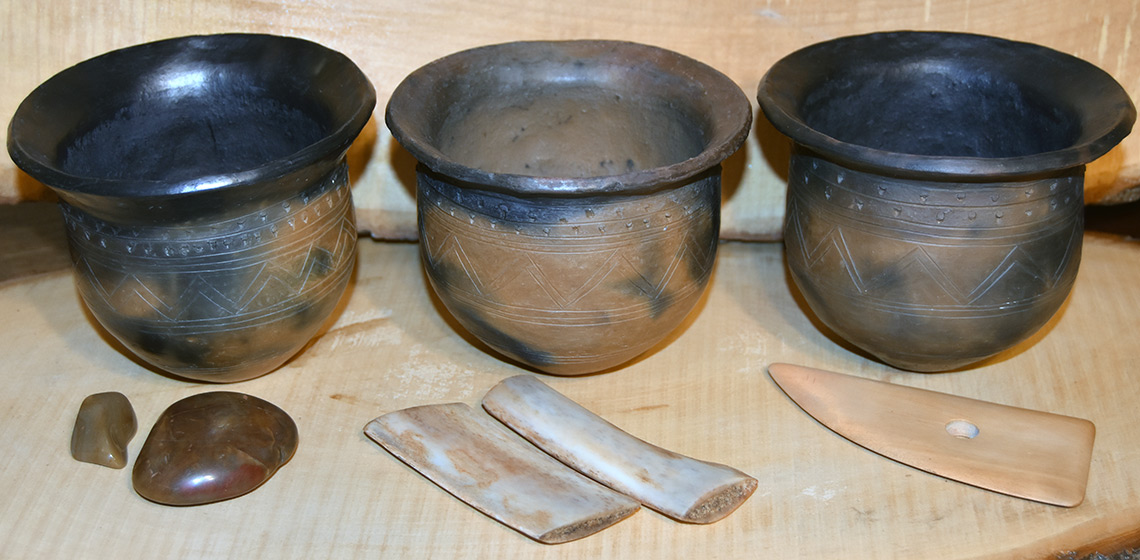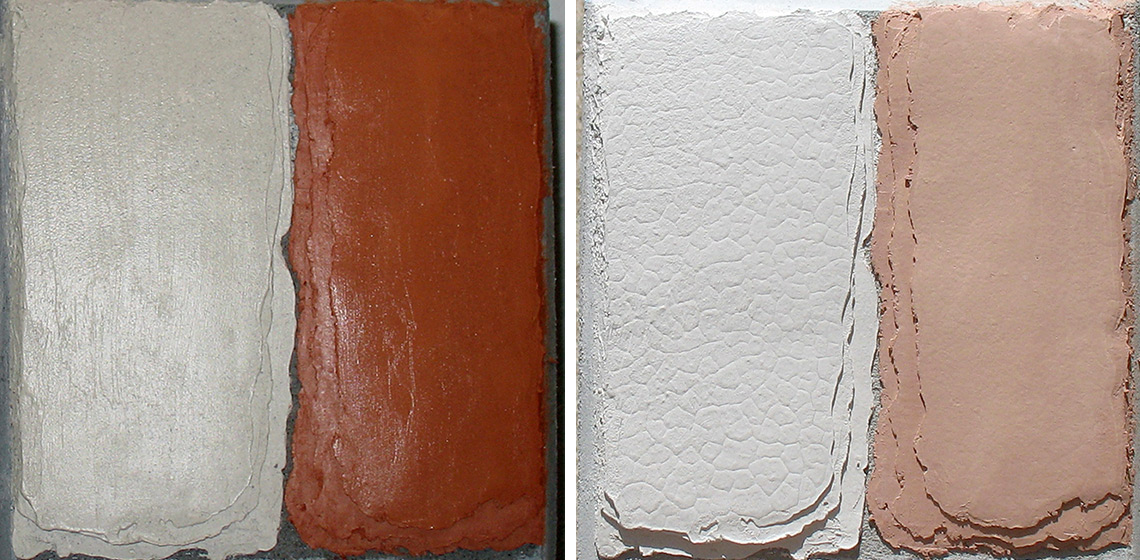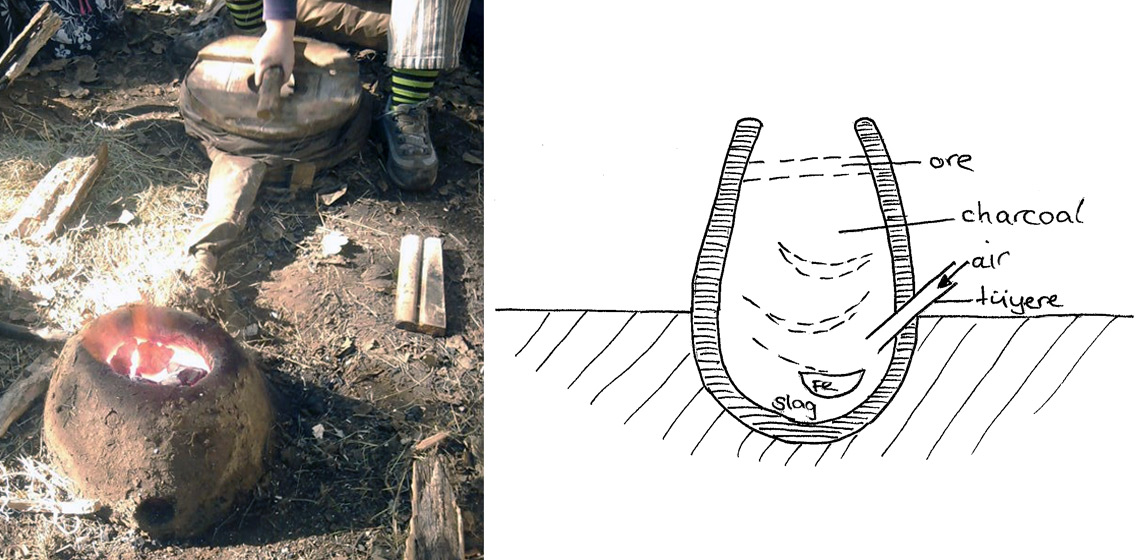Featured in the EXARC Journal
Ancient Technology
Experiments with Lime Mortars containing Charcoal and Ashes
Introduction
While researching ancient lime mortar technology, we encountered a number of cases in published archaeological studies that refer to the use of ashes and charcoal as aggregates in mixtures. These mixtures were tested in a small number of experiments, and this paper presents the results.















